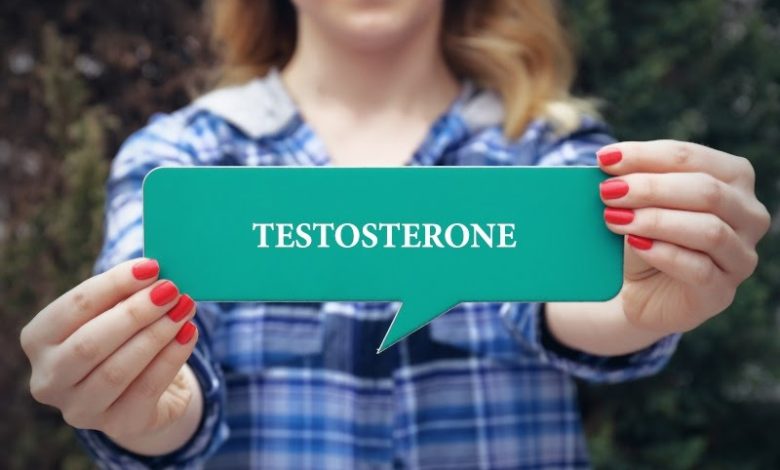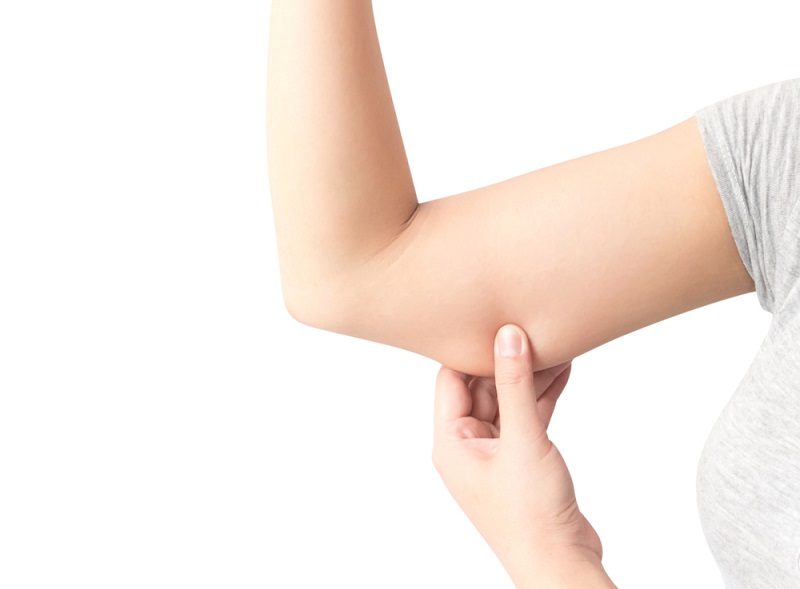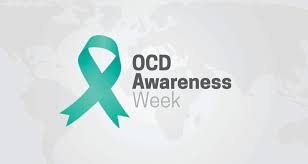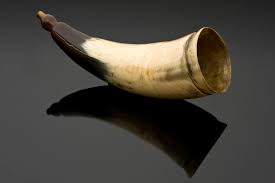
The subject of low testosterone in women is new in science and there is not enough research on it yet. However, there is evidence that this deficiency has an important impact.
It may come as a surprise to many that there is talk of low testosterone in women. This hormone is associated with men. However, it is also present in the female body and must have an adequate level so that there are no problems.
Low testosterone in women has several unwanted effects. It affects weight, sexuality, and mood. There are several reasons why this condition is generated that require action to be taken.
One of the most influential aspects is age. It is more common in women who are over 40 years old. It is also possible that it is due to adrenal insufficiency.
The testosterone that is present in the female body, is important that it is maintained at adequate levels. Whether it is very low or very high, it has important effects on health and quality of life.
The ovaries and adrenal glands are responsible for producing testosterone in a woman’s body. Some of the functions that it fulfills in the female organism are the following:
- It influences the bone, immune and cardiovascular systems. All of them are associated with testosterone levels, which have to be in balance with female hormones.
- It helps reduce vaginal atrophy, a condition that is more common in postmenopausal women.
- Decreases body fat in postmenopausal women.
- Promotes sexual desire and libido.
- Increases muscle mass.
- Preserve fertility.
Typically, a woman has between 15 and 70 nanograms of testosterone per deciliter of blood. At the moment, there is no fixed standard for defining low testosterone in women. However, it is estimated that levels below 25 correspond to this condition.
Symptoms of low testosterone in women
Low testosterone in women is a subject on which there is not yet enough research available. In recent years it has gained importance, but more studies are needed to reach accurate information.
That said, it is assumed that the following symptoms could correspond with the condition:
- Vaginal dryness.
- Sleep disorders.
- Loss of bone density.
- Chronic stress and depression.
- Accumulation of body fat.
- Tiredness and fatigue, slowness and lethargy.
- Thinning hair and dry skin.
- Fertility problems and alterations in the menstrual cycle.
Hypoactive sexual desire disorder
One of the most noticeable symptoms of low testosterone in women is decreased sexual desire and self-satisfaction. There are no fantasies or interests in sex.
This is accompanied by feelings of frustration, sadness, anguish, and decreased self-confidence. If all of this is very pronounced, we speak of the presence of hypoactive sexual desire disorder due to a lack of the hormone.
Causes
Low testosterone in women is a natural effect of the passage of time. Both this hormone and others, including progesterone, decrease with age.
When menopause begins, the ovaries secrete fewer hormones. In fact, the drugs that combat the side effects of this stage also have the side effect of reducing testosterone.
Other possible causes are the following:
- Adrenal insufficiency occurs when the adrenal glands do not work properly. This was indicated by a study in this regard.
- Surgical removal of the ovaries.
- Hypopituitarism: is a disorder in which the pituitary gland does not produce normal amounts of one or more of its hormones.
- Early or early menopause: it is the absence of menstruation for one or more periods in childbearing age.
- Use of certain medications: contraceptives, antidepressants, antihypertensives, and opiates have an anti-androgen effect.
- Unhealthy habits: very restrictive diets, lack of rest, stress.
- Know the signs and symptoms of early menopause
Diagnosis of low testosterone in women
It is common for low testosterone in women to be misdiagnosed or underdiagnosed. It is often confused with the side effects of menopause. It is also often identified with a stress or mood problems.
The level of testosterone can be measured with a blood test. Although there is no standardization in these indicators, it is estimated that the disorder can be declared with the following criteria:
- Women under 50: Testosterone level is less than 25 nanograms per deciliter of blood.
- For women over 50 years of age: the level of testosterone is less than 20 nanograms per deciliter of blood.
Still, there are difficulties because a woman’s hormone levels are highly fluctuating. Women of childbearing age have variations in relation to their menstrual cycle. Therefore, it is indicated to do the test between 8 and 20 days before the period begins.
Available Treatments
In principle, the treatment for low testosterone in women is pharmacological. Some medications used to replace estrogen contain testosterone. Injections or granules of this hormone that are prescribed for men may also be given.
However, doctors tend to advise against this type of treatment. First, there is not enough research to support its effectiveness.
Second, some warnings about it indicate that it could cause undesirable side effects, such as the following:
- Acne.
- Hair loss.
- Deepening of the voice.
- The appearance of facial hair.
It is also possible to use dehydroepiandrosterone (DHEA) supplements. This is a steroid hormone that stimulates the production of testosterone. But there is no evidence of its long-term safety.
The advisable measures refer to changes in habits:
- Improve sleep quality.
- Adopt practices to reduce stress.
- Perform physical activity with reasonable breaks.
- Increase consumption of foods rich in vitamins A and D, and zinc. Avoid foods rich in sugar and soy.





